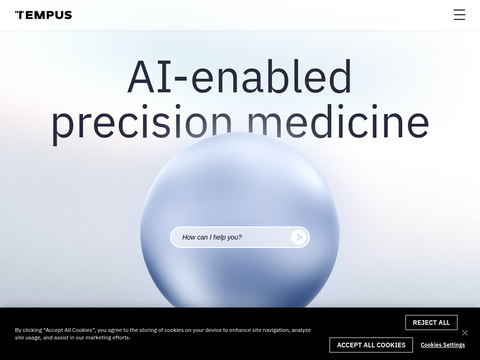Generative models have emerged as powerful tools for synthesizing intricate data and enabling precise industry forecasts. Their applications extend beyond natural language processing and media generation, increasingly penetrating the financial sector in recent years. In finance, the challenges posed by complex data streams and real-time analytics demand innovative solutions. The success of foundational generative models hinges on three critical factors: vast amounts of high-quality training data, effective information tokenization, and autoregressive training methodologies. The financial industry, with its dynamic interactions and extensive repository of granular data, provides the ideal landscape for these models to demonstrate transformative potential.
Managing vast volumes of trading and order data has long been a persistent challenge in financial markets. Such data typically require granular analysis to extract valuable insights. Structured datasets produced by financial markets, including order flows and price movements, mirror the interactions of real-time participants. However, traditional analytical tools often struggle to simulate or predict complex market behaviors, lacking the adaptability to accommodate volatile market conditions or identify anomalies that may signal systemic risks. This limitation reduces the capacity of financial institutions to make timely and informed decisions during rare or extreme events.
Current financial forecasting tools rely on algorithms tailored for specific tasks and require regular updates to reflect market shifts. However, these tools are resource-intensive and exhibit limited scalability and adaptability. While they can manage large datasets, they fail to model interactions between individual orders and broader market dynamics, which diminishes forecast accuracy. Moreover, traditional systems struggle with tasks such as predicting stock price trajectories, detecting market manipulation, or simulating the impact of significant market events.
To address these challenges, Microsoft researchers have introduced the Large Market Model (LMM) and the Financial Market Simulation Engine (MarS), aiming to revolutionize the financial industry. These tools are developed based on foundational generative models and domain-specific datasets, enabling financial researchers to simulate real market conditions with unprecedented precision. The MarS framework integrates principles of generative artificial intelligence, offering a flexible and customizable tool suited for various applications, including market forecasting, risk assessment, and optimization of trading strategies.
The MarS engine tokenizes order flow data to capture granular market feedback and macro-level trading dynamics. This two-tiered approach enables the simulation of complex market behaviors, such as interactions between individual orders and collective market trends. The engine employs hierarchical diffusion models to replicate rare events like market crashes, providing financial analysts with tools to forecast and manage such scenarios. Additionally, MarS can generate synthetic market data from natural language descriptions, further enhancing its versatility in modeling diverse financial conditions.
In rigorous testing, MarS outperformed traditional models across several key metrics. For instance, within a one-minute timeframe, MarS increased the accuracy of stock price trend predictions by 13.5% compared to existing benchmarks like DeepLOB. This advantage further expanded to 22.4% over a five-minute timeframe, highlighting the model's effectiveness in handling long-term forecasts. Additionally, MarS played a significant role in detecting systemic risks and market manipulation events. By comparing real and simulated market data, regulators can identify discrepancies associated with anomalous activities, such as variations in distribution during periods of market manipulation.
Key insights of this study include:
- · MarS achieved up to a 22.4% improvement over traditional benchmarks in long-term forecasting.
- · The engine supports a variety of applications, ranging from market trajectory simulation to anomaly detection.
- · MarS incorporates real-time feedback, making it highly adaptable to dynamic market conditions.
- · Hierarchical diffusion models enable high-fidelity simulation of rare financial scenarios, such as market crashes.
- · MarS provides regulators with robust tools for effectively detecting systemic risks and monitoring market integrity.
- · It offers an advanced reinforcement learning algorithm environment, ensuring strong real-world applicability.
In conclusion, this study makes a significant contribution to financial modeling by addressing the key limitations of traditional tools. MarS and LMM demonstrated exceptional performance in managing vast order flow datasets, particularly in forecast accuracy, where MarS outperformed benchmarks like DeepLOB by 13.5% and 22.4% within one-minute and five-minute timeframes, respectively. Furthermore, its ability to simulate market trajectories excels in accurately detecting anomalies, as evidenced by analyses of distribution variations during manipulation events. By employing hierarchical diffusion methods to model rare scenarios like market crashes, MarS ensures high adaptability across various financial tasks.








